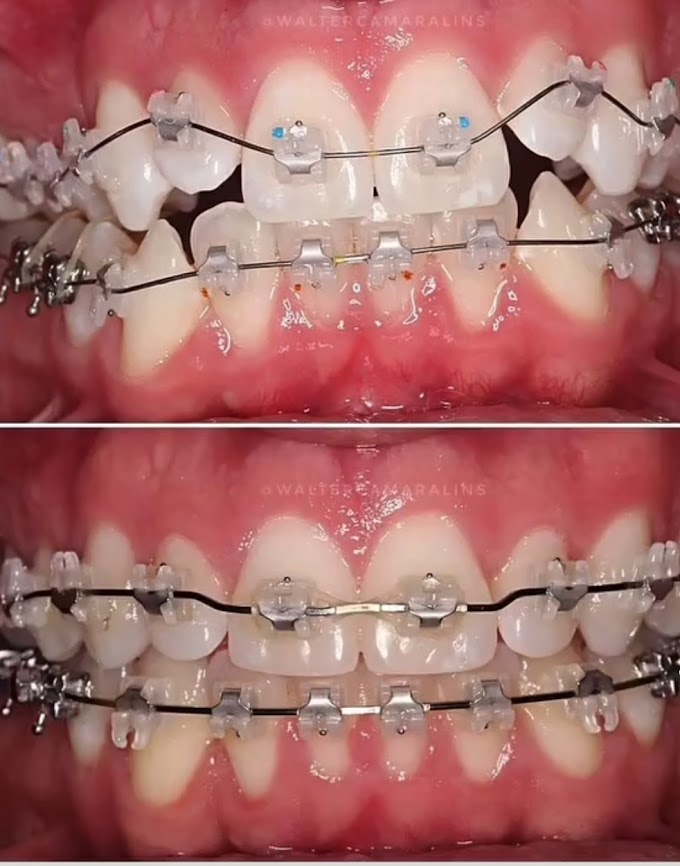Can Braces Fix an Overbite? Everything You Need to Know
An overbite is the vertical overlap or horizontal gap between your top and bottom front teeth. When the upper teeth protrude at the front of the mouth, it’s known as a horizontal overbite or an overjet. While a normal overbite (around 2-4mm vertical overlap) is common, a deep overbite (4-6mm or more) can cause issues. In severe cases, the upper jaw may even cover the lower teeth and dig into the lower gum1.
watch this:
Causes of Overbites
Several factors contribute to overbites, including:
- Genetics
- Improper jawbone development
- Childhood habits like thumb sucking, bottle use, and nail biting
- Tongue thrusting and excessive chewing on objects
Types of Overbites
- Skeletal Overbite: Irregularities in jawbone development cause this type.
- Dental Overbite: Problems with teeth coming through, such as overcrowding or pressure from habits, lead to dental overbites.
Treatment Options
- Braces: Traditional metal braces effectively correct overbites by moving teeth and jaws. Rubber bands and springs apply regulated pressure to gradually adjust the bite2.
- Clear Aligners (e.g., Invisalign): Suitable for minor to moderate overbites, clear aligners provide an alternative to traditional braces3.
- Surgery: Severe overbites may require surgical intervention.
Remember to consult an orthodontist to determine the best treatment plan for your specific overbite. Whether you choose braces or aligners, addressing an overbite can improve both aesthetics and oral health.
Leaving an overbite untreated can lead to several issues:
- Oral Health Problems: Overbites can cause uneven wear on teeth, leading to cavities, gum disease, and tooth loss.
- Speech Difficulties: Severe overbites may affect speech clarity.
- Chewing Problems: Improper bite alignment can make chewing less efficient.
- Jaw Pain: Overbites strain the jaw joint (temporomandibular joint), causing discomfort.
- Aesthetics: An overbite affects facial appearance and smile.
Certainly! Preventing an overbite in toddlers involves simple steps that can reduce the likelihood of your child developing a significant overbite that might require braces later on:
- Limit Pacifier Use: While pacifiers are useful for soothing babies, try to limit their use after the age of 6 months to prevent an overbite.
- Choose the Correct Sippy Cup: Avoid long-term usage of sippy cups with spill-proof valves. Transition to a regular cup once your child is physically capable.
- Identify and Treat Tongue Placing Problems: Be aware of tongue placement habits and address them early to prevent jaw misalignment.
Remember, early intervention can make a difference! 😊🦷12
the signs of an overbite in children:
- Protruding Upper Teeth: When the top front upper teeth stick out ahead of the bottom teeth.
- Difficulty Eating and Speaking: Overbites can cause challenges with eating and speaking.
- Discomfort and Self-Consciousness: Children may feel uncomfortable or self-conscious due to the appearance of their teeth.
- Jaw Pain or Tension: Some children experience jaw pain or tension associated with an overbite.
- Speech Difficulties: Difficulty pronouncing certain sounds, such as “s,” “sh,” or “j.”
Remember, if you suspect your child has an overbite, consult a dentist or orthodontist for an assessment. 😊🦷123





